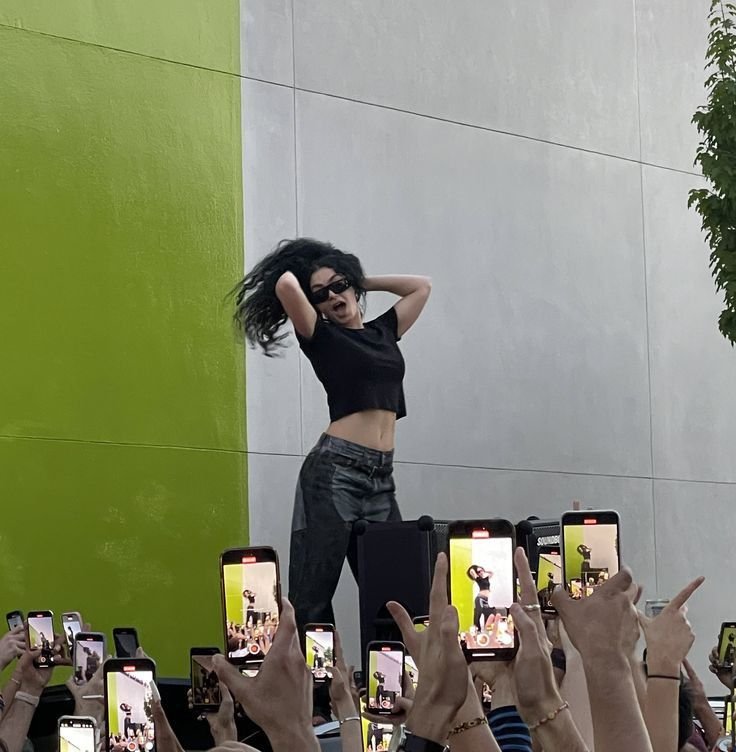Understanding “Brat” Culture
Up until this summer, if someone called you a “brat,” you would probably take offense and assume they think you’re spoiled or not well-behaved. As of now, being called a “brat” is one of the highest compliments one can receive. “Brat” is an endearing term given to one deemed cool, confident, and bold.
So, how did a noun primarily used as an insult become the adjective of the summer? We have British pop star Charli XCX to thank for that.
She released her album, Brat, on June 7. The album, sporting a lime green hue and distinctive font, went viral instantly. As typical trend cycles move, Gen Z began to create videos on TikTok to the tracks on her album. For You Pages became flooded with dances to “Apple,” experiences to “Everything is Romantic,” and lip-syncing videos to “Guess.” The album became a sensation on social media, but aside from people making videos to the songs, it became a movement.
Releasing the album at the beginning of June set the tone for the summer. Charli brought a sense of playfulness and fun that the media craved. Her tracks contain lyrics about partying culture, personal insecurities, competitive feelings, reflections on motherhood, and relationship dynamics. The authenticity of the album, while still maintaining an upbeat and playful tone throughout, makes it more enjoyable and reflects the kind of culture it has created around it.
In a TikTok video regarding Brat, Charli explains “brat” as being “that girl who is a little messy and likes to party and maybe says some dumb things sometimes. Who feels herself but maybe also has a breakdown. But kind of parties through it. Is very honest, very blunt. A little bit volatile. Does dumb things. But it’s brat. You’re brat. That’s brat.” Brat is bigger than an album, it’s an identity.
With most pop trends, albums and songs typically dwindle in popularity. It appears as though Brat is here to stay because of its seemingly lasting cultural impact. Outside of the trends associated with it, Brat opened a space for many individuals to feel comfortable in a lack of conformity. For LGBTQ+ individuals, the "brat" attitude provides a space for unapologetic self-expression and rejection of heteronormative expectations.
Brat also influences young women to reclaim their right to be playful and carefree, challenging societal expectations of maturity. Brat’s embrace of traditionally feminine and masculine elements also allows for a more fluid expression of gender identity. Most importantly, the unserious nature of “brat” culture creates a place where it feels acceptable to explore these aspects of yourself.
Brat’s popularity and influence on Gen Z this summer can be attested to the desire for authenticity in an increasingly digital world. This trend also depicts a rejection of perfectionism often portrayed on social media. Though the trend ironically caught traction online, it did create a movement of people wanting to be outside this summer and emulate the characteristics of being “brat.”
Brat culture embodies a carefree, unapologetic attitude that celebrates individuality and pushes back against societal norms. Charli XCX's influence in popularizing “brat” culture during the summer of 2024 left an undeniable mark on the media landscape. Whether viewed as a passing trend or a significant cultural shift, it undeniably sparked conversations about self-expression and the evolving nature of pop culture.
Strike Out,
Writer: Daniella Garcia-Novas
Editor: Layne Schulte
Graphic Designer: Alyssa Gonzalez
Tallahassee



